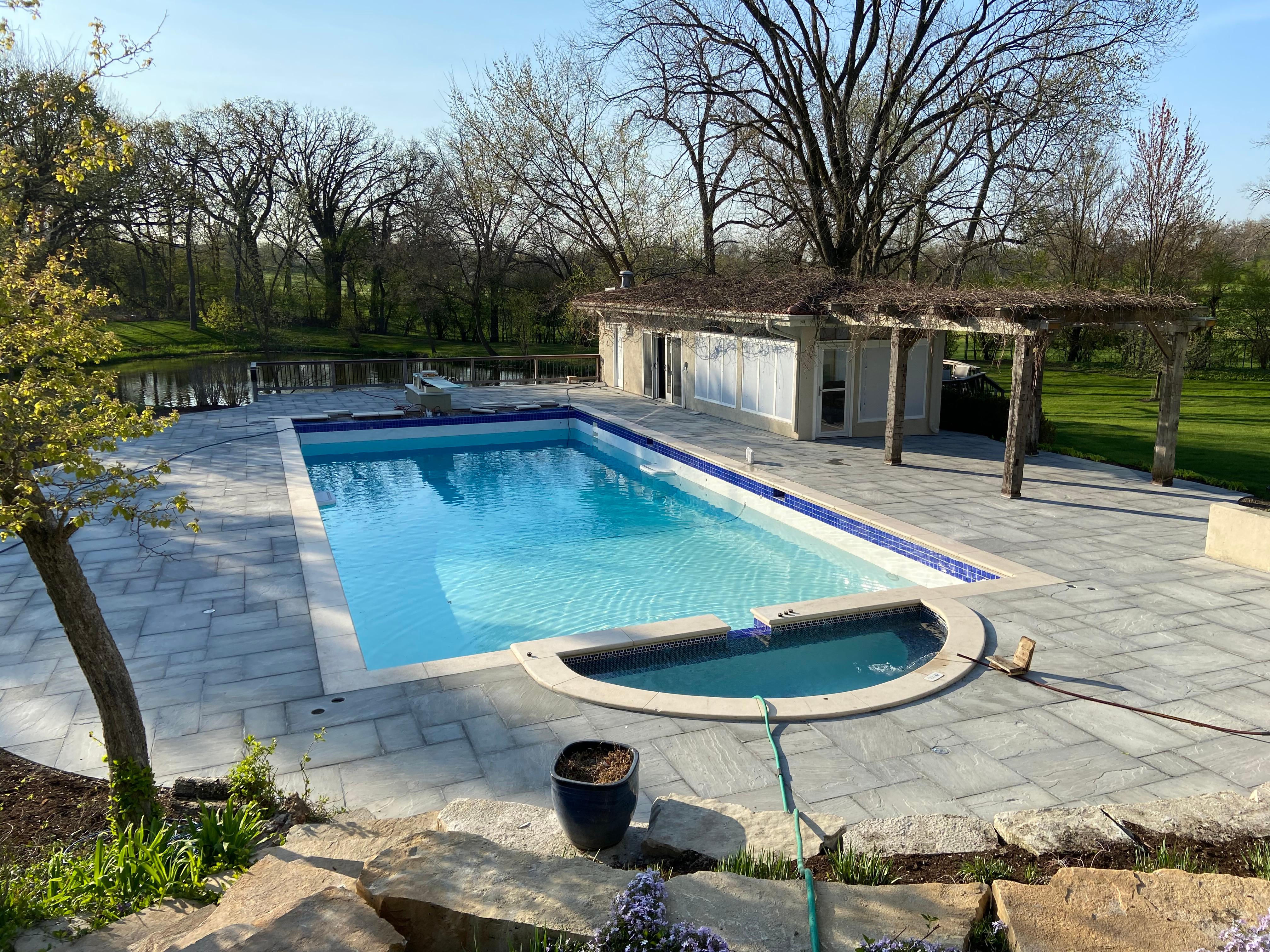How to Open an Inground Pool
How to Open an Inground Pool

While it may seem hard to imagine now, the time is quickly approaching to open your swimming pool for the season. Opening the pool is a big chore that many pool owners would rather not have to deal with - and a growing number of owners opt to have a professional service company take care of the process to ensure that it's done quickly and correctly. For those who choose to open the pool themselves, there can be a lot of work involved. Here's a closer look at how to open an inground swimming pool.
Uncover the Pool
The first step to opening the pool is to remove the pool's cover, which should then be cleaned and stored in a safe place where you won't forget about it. At this point, you can evaluate the general condition of your pool. Take a minute to examine the surface for cracks, leaks, stains, and for the formation of algae in the pool. It's better to identify these problems first before going through the process of draining and/or cleaning the pool. The next step will be contingent upon the condition of water and what type of pool you own.
Drain and Clean
Depending on your type of pool, this may be the time to get down to the business of draining the swimming pool. The majority of experts will recommend using a professional to drain your pool; for a more detailed look at the draining process, read our blog post on How to Drain an Inground Swimming Pool. Once the water has been drained, the pool should be cleaned with chlorine or acid. Now, any pool-related items such as fittings, handrails, or baskets can be installed, the pool deck and equipment can be rinsed off, and water can be added back to the pool.
Vacuum Pool Opening
For some pool owners, a vacuum pool opening will be the best way to open the pool. This process is similar to the drain and clean opening with the exception that the pool is not drained. Instead, the pool should be vacuumed to remove debris from the water and clean dirt from the pool floor. Next, the walls and floor of the pool should be thoroughly brushed, and the water and walls should be shocked with chlorine so that all organic staining is removed. Next, water can be added back in to refill what was removed during the vacuuming. Given the amount of time and effort involved in opening your inground swimming pool - not to mention the chemicals, equipment, and know-how needed to complete the job - it is not hard to understand why so many pool owners would rather let professionals handle the task. If you have any questions about opening your inground swimming pool, or if you'd like to schedule an opening, don't hesitate to contact AAA Pool Service today.